North Sea Cycle Route - Kelso to Edinburgh
River Tweed
Ride Overview
Finally, after many miles of agricultural landscape, which like supermarket shelves, can be pretty uniform with predictable stock, you enter a new scene, the equivalent of the independent grocers; hills covered with bracken and heather, a sweeter smelling air. The sky becomes a narrow blue channel as the rolling and rugged hills of the Scottish Borders close in on you as you ride across the Moorfoot Hills. And at the top of the highest point of the whole of National Cycle Network Route 1, you have the most ancient of landscapes unfolding before you; a plain on which are scattered the cones of extinct volcanoes - one of which in the far distance, has a castle on top. It is to this most famous of monuments, Edinburgh Castle, that you ride. The centre of European Enlightenment, the “Athens of the North”, the home of philosophers and engineers as well as the ‘Honours of Scotland’, Edinburgh perhaps more than any other place you’ve ridden through so far, needs more than just one night’s sleepover.
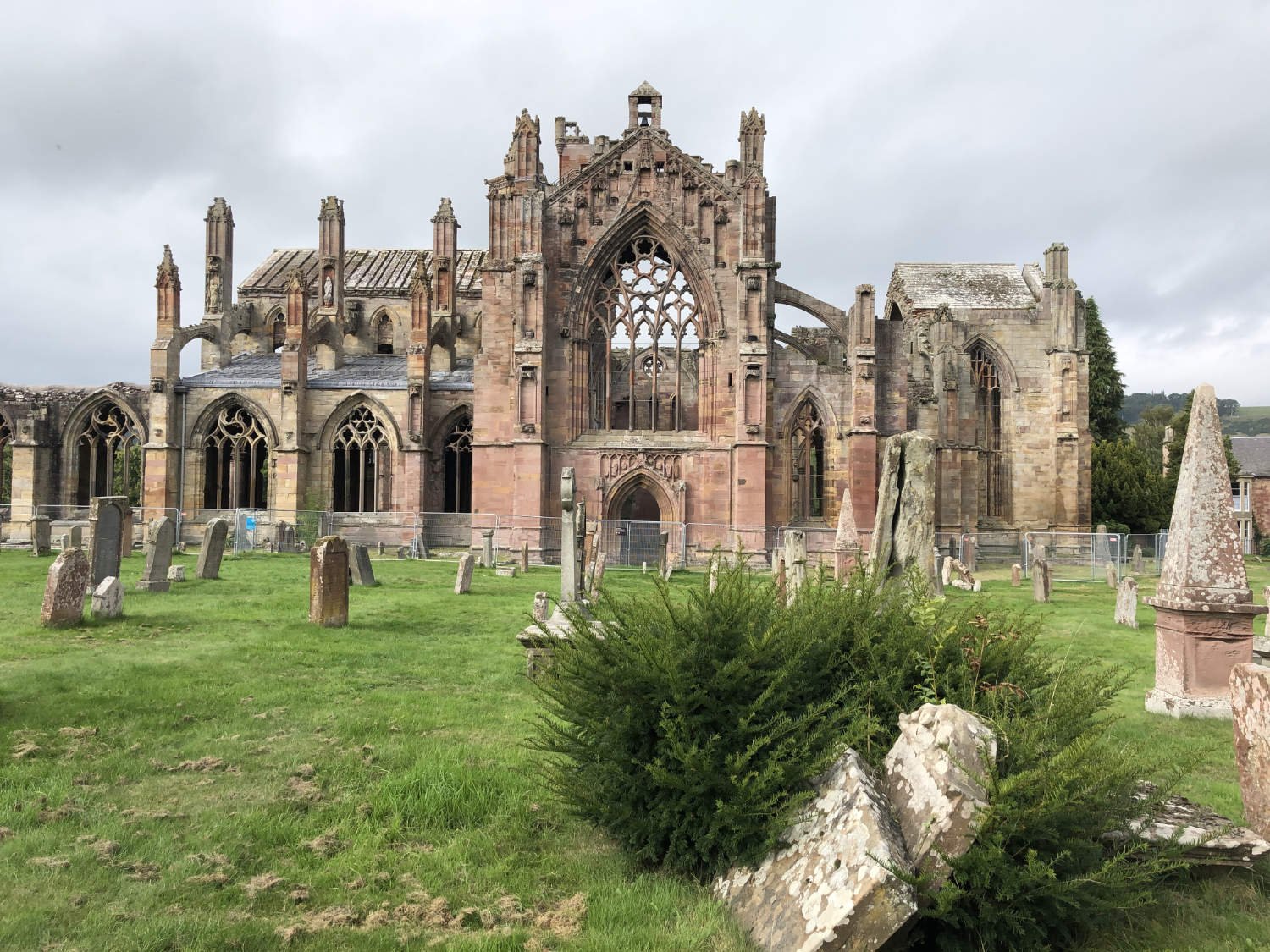
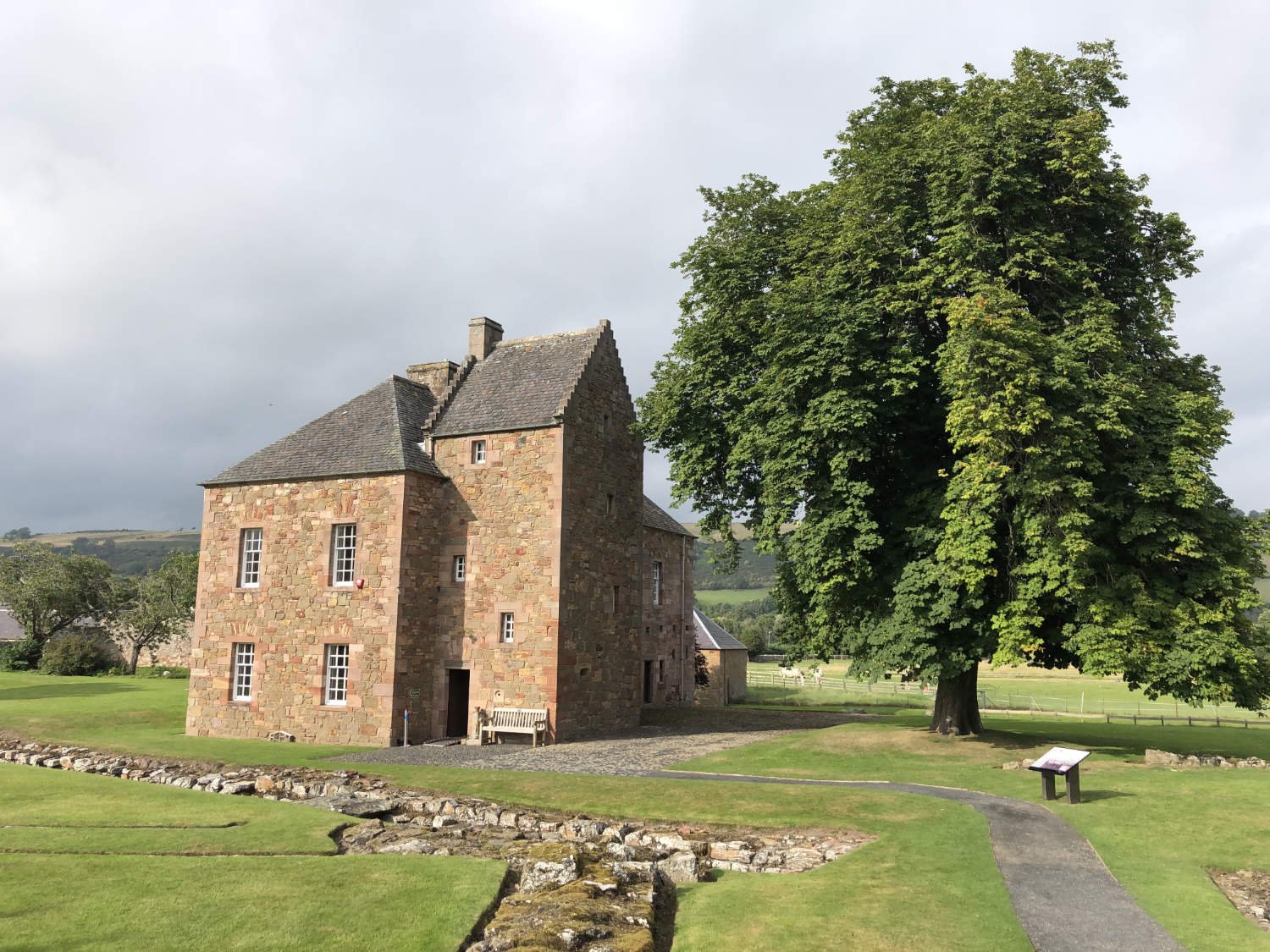
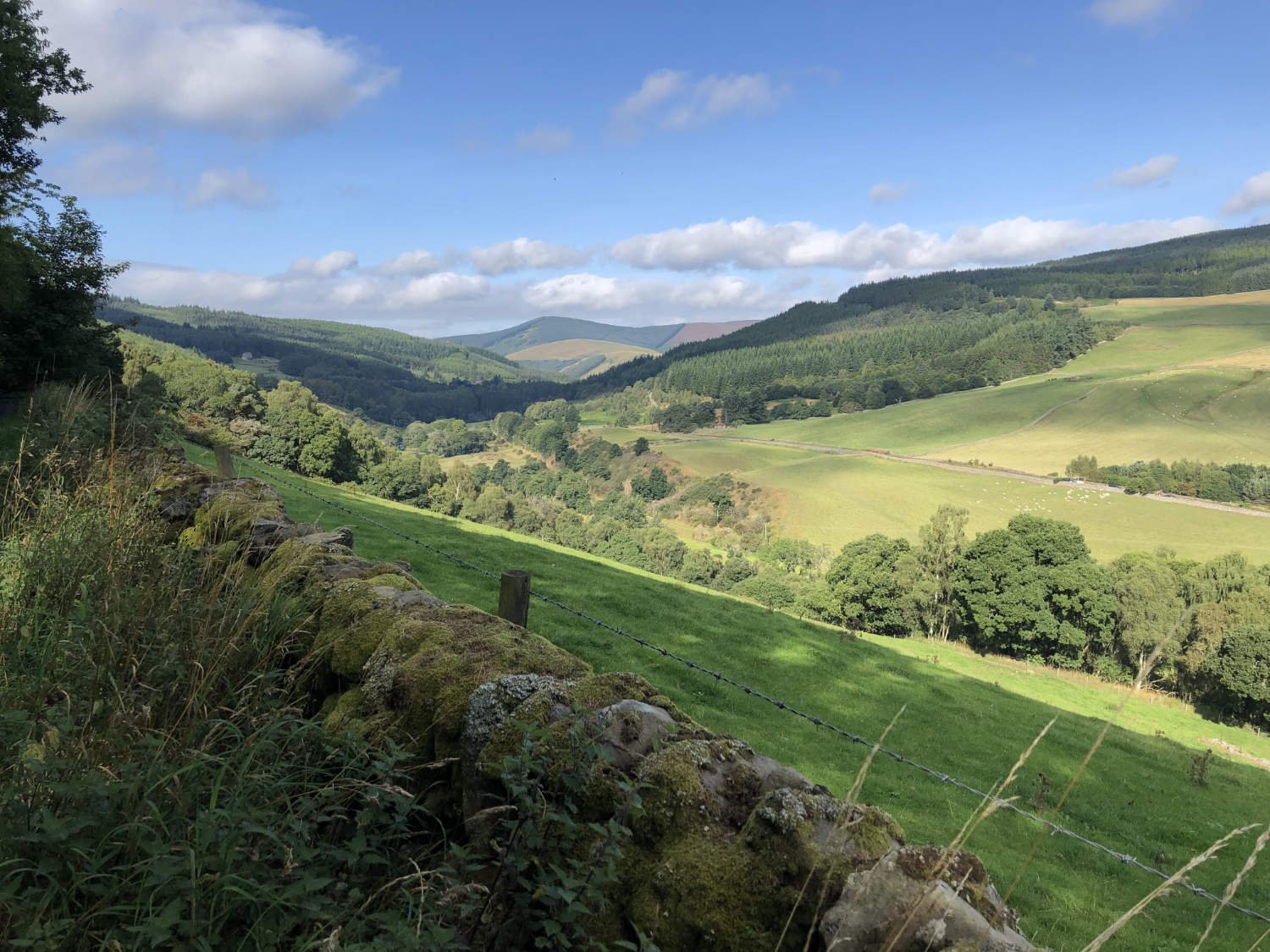


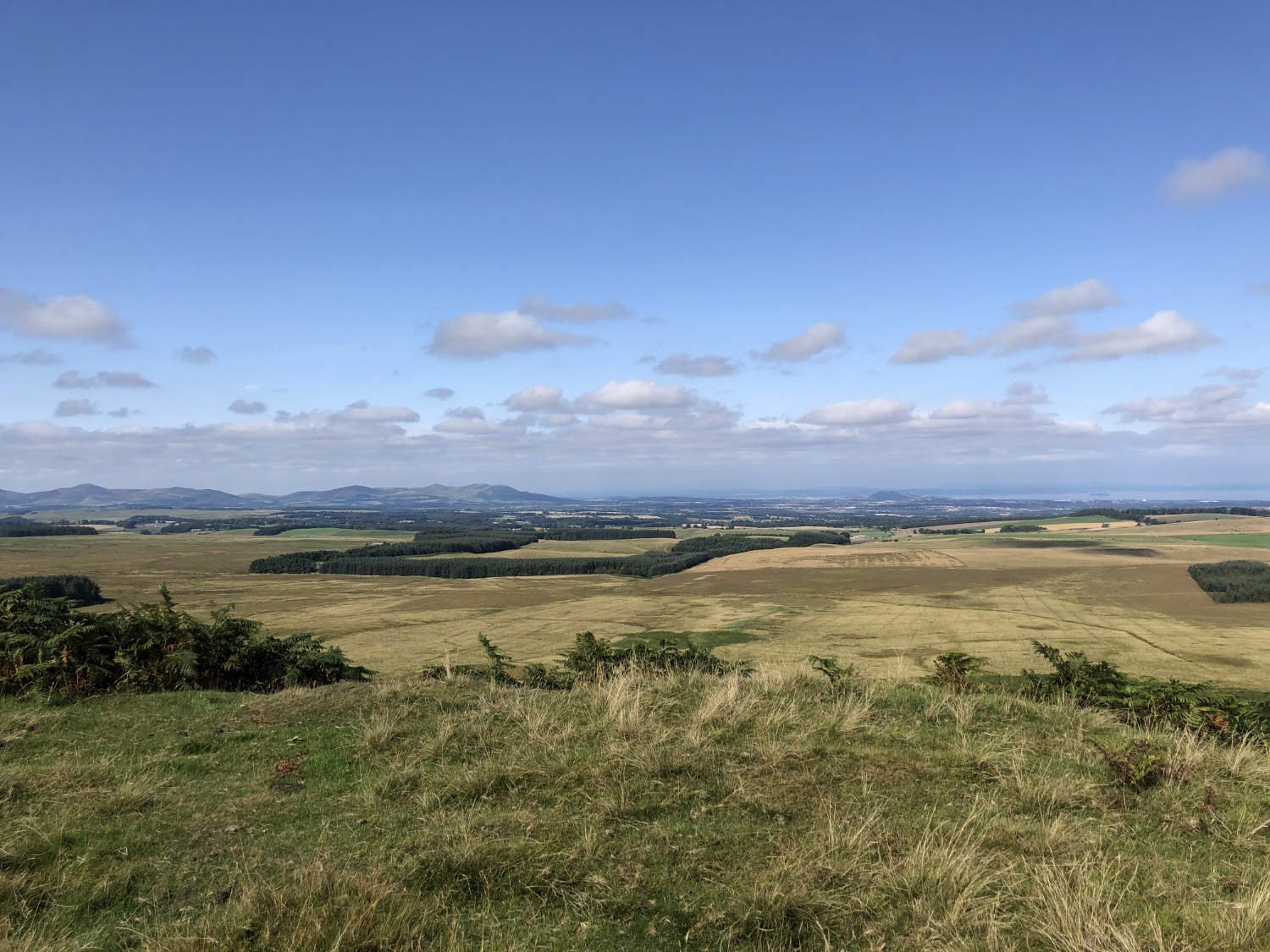
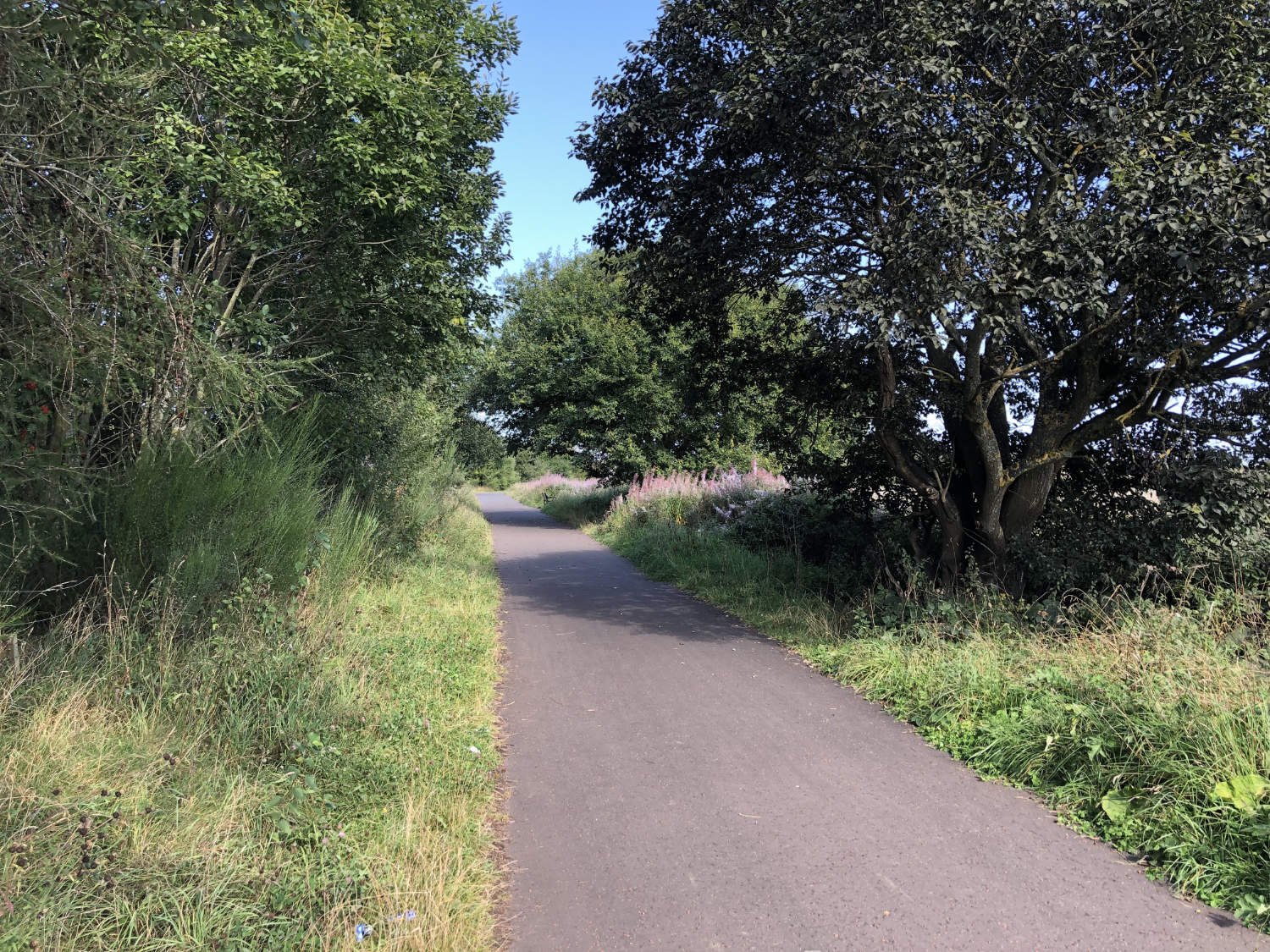
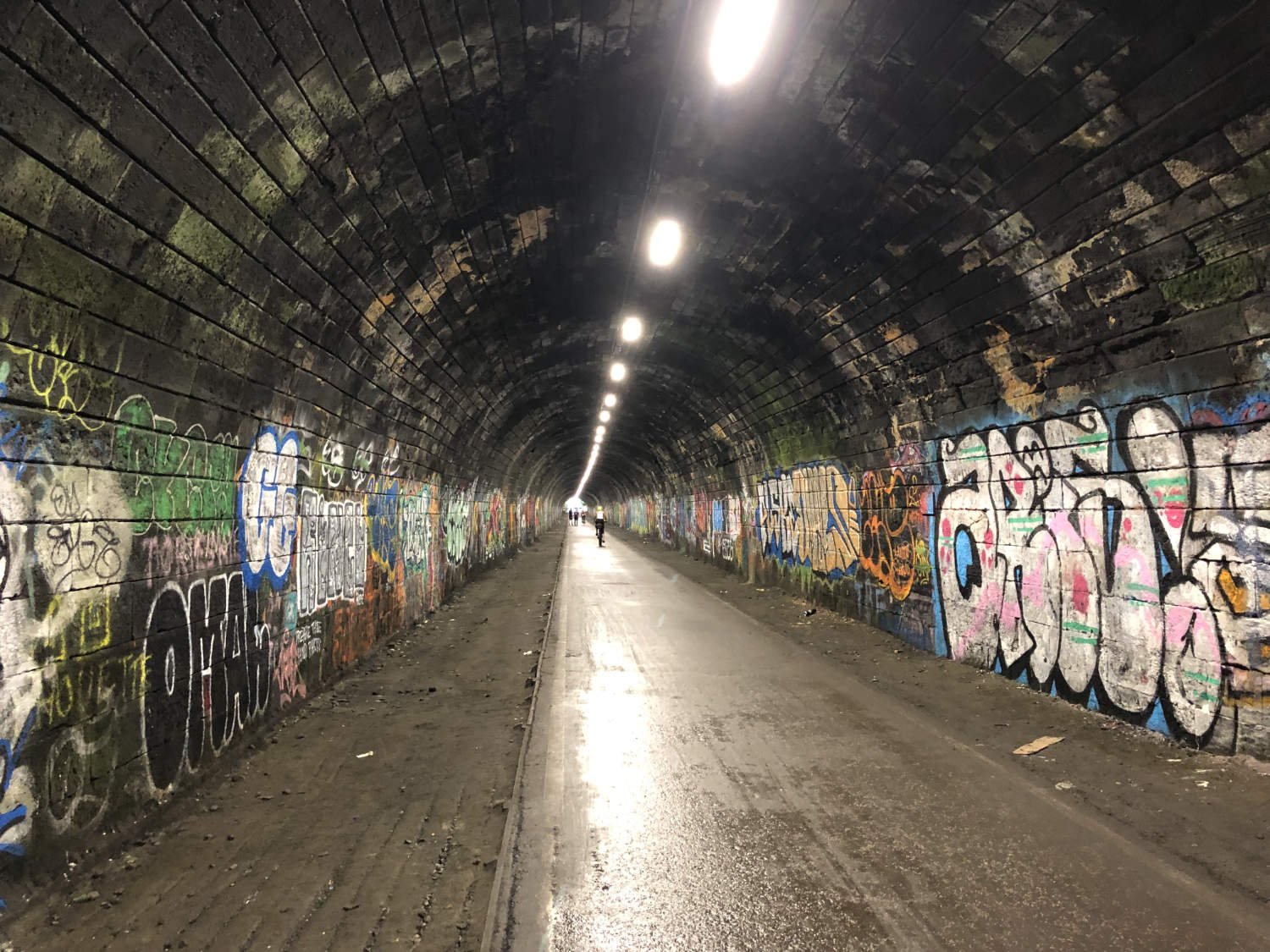
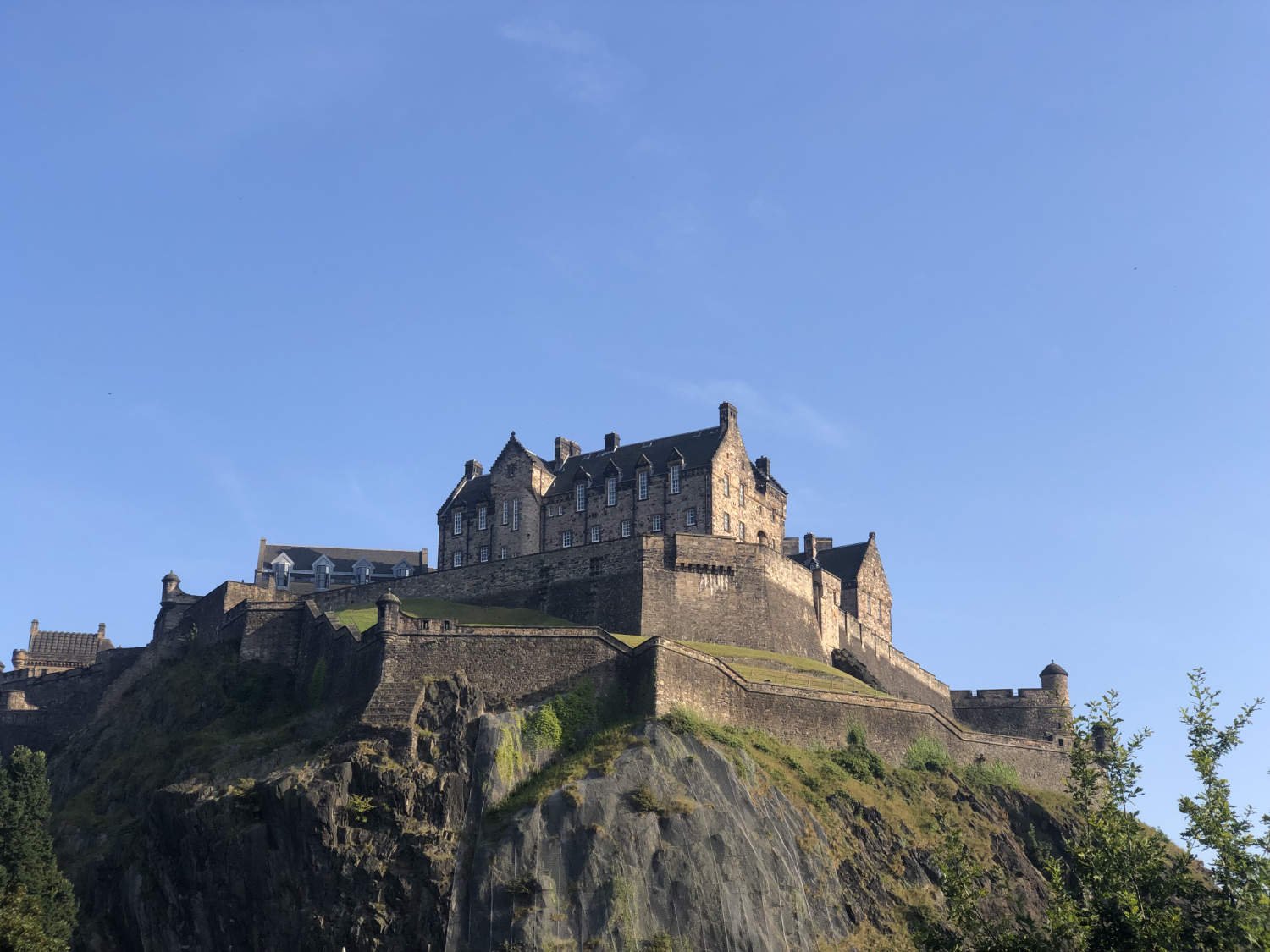
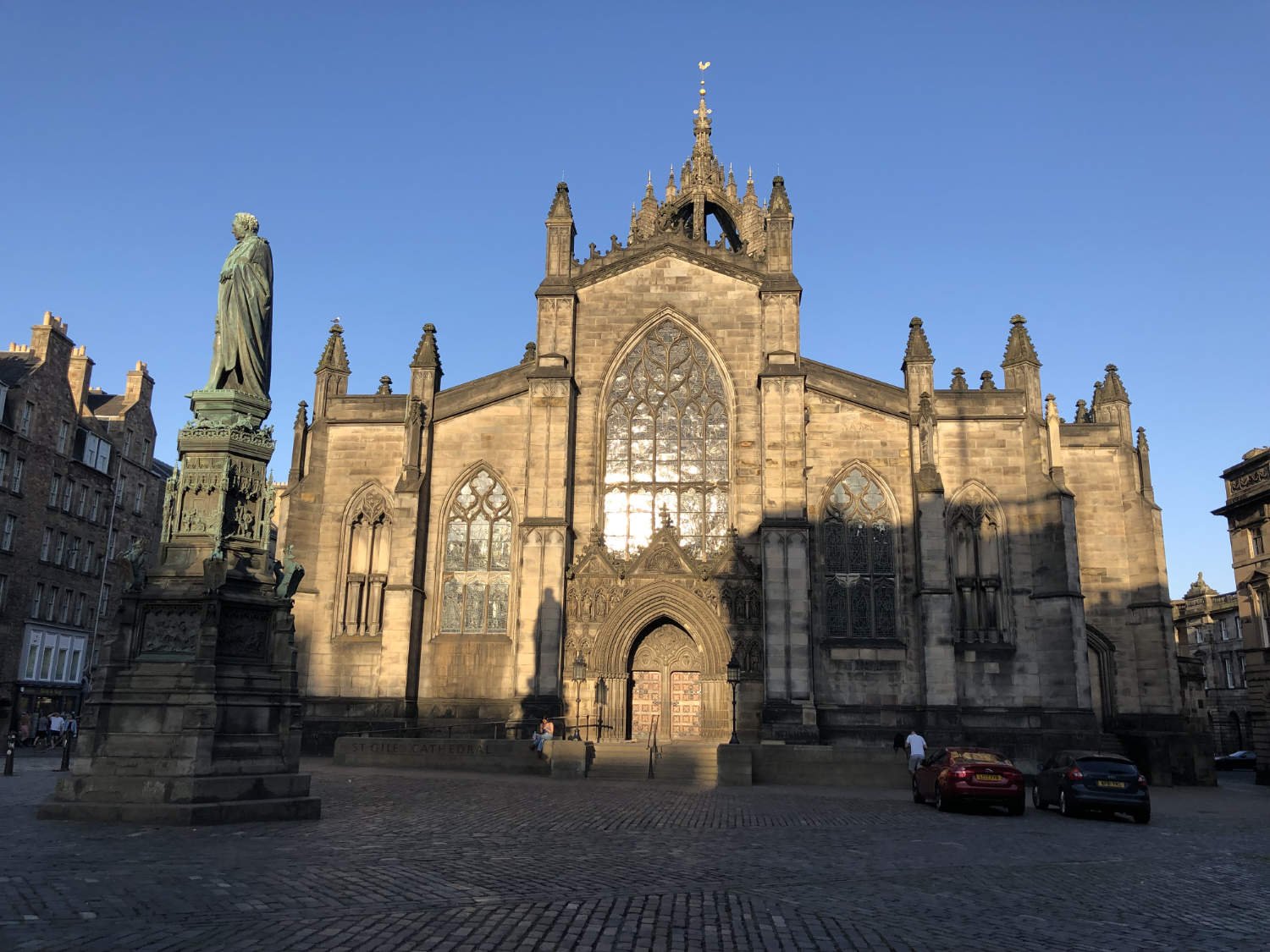

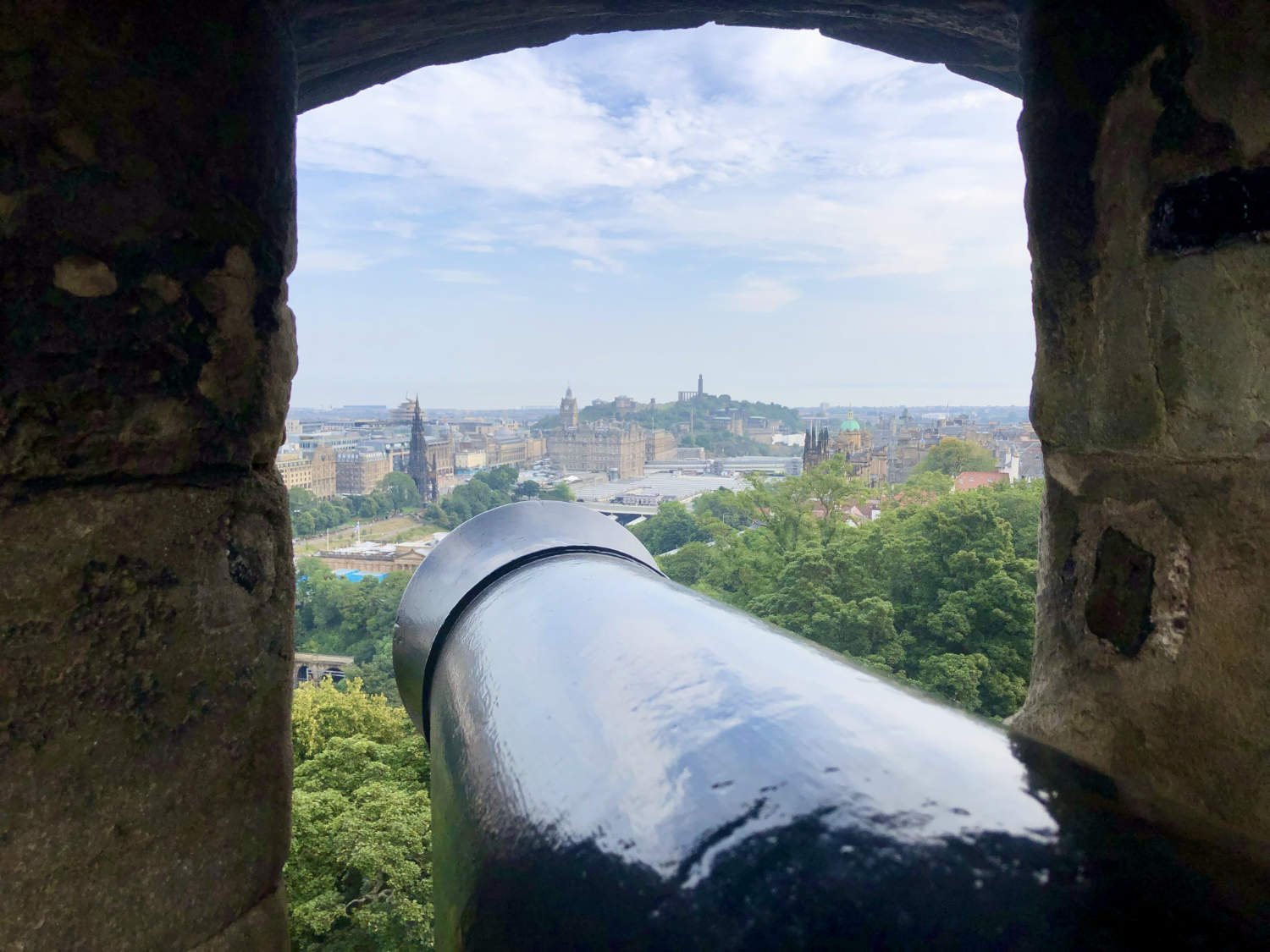

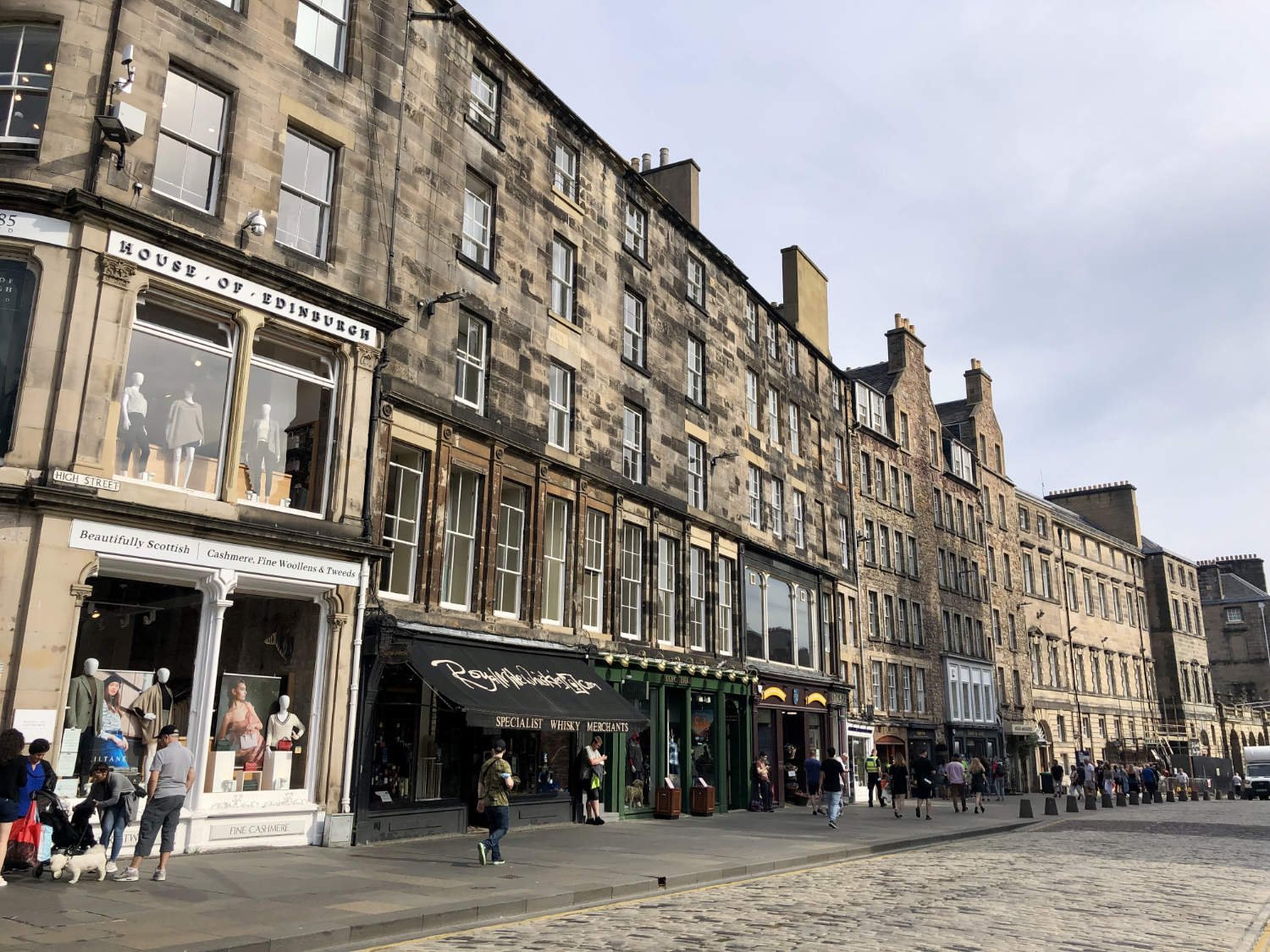
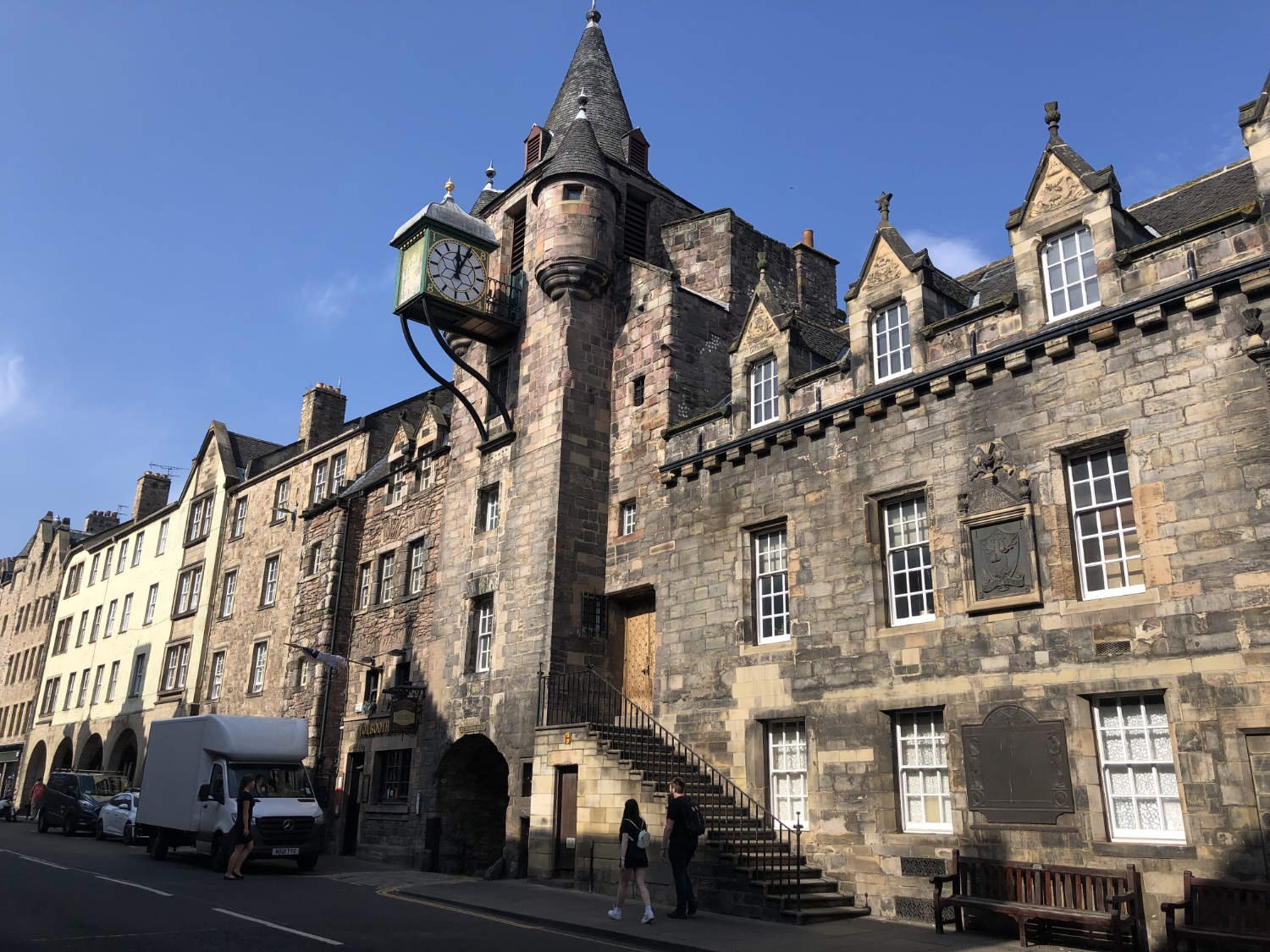
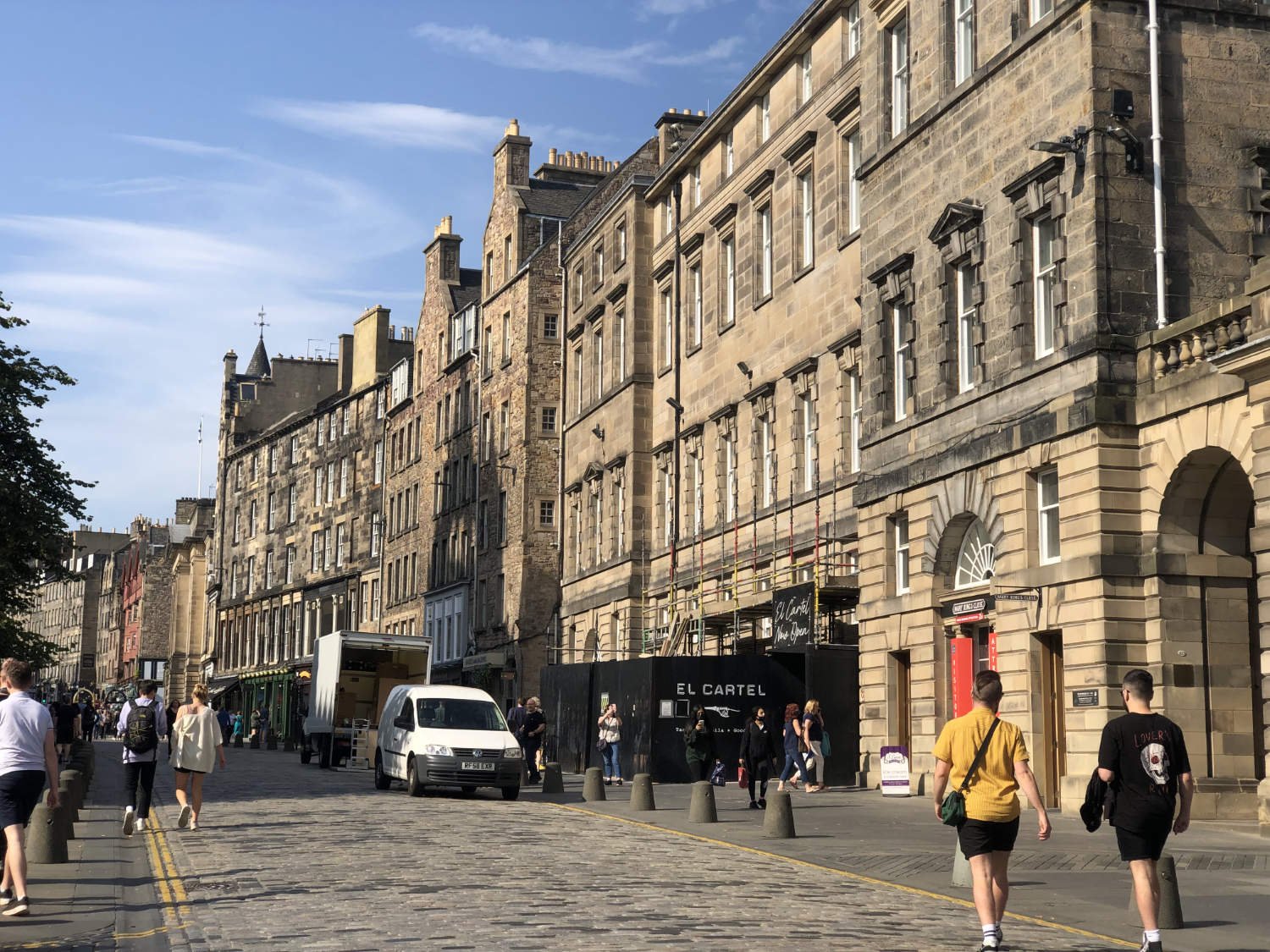

Ride Practicalities
The route is well signed throughout as NCN 1
START/FINISH: Kelso/Edinburgh DISTANCE: 114km TOTAL ASCENT:1218m TERRAIN AND SURFACES: quiet country lane, several quiet B roads and an excellent segregated bike lanes into Edinburgh RECOMMENDED CAFÈS/PUBS/ACCOMMODATION: Innerleithen; Loulabelles Café. Other opportunities on the route to seek your own places and note them in the ‘comments’ section below NEARBY MAINLINE TRAIN SERVICES: Edinburgh PLACES TO VISIT; Melrose Abbey, Edinburgh Castle, Holyrood Palace, Scotland’s National Gallery and much else besides LINKS TO OTHER RIDES: NCN1 Stage 13, Stage 15
Ride notes
After leaving Kelso, it’s more single lane roads which gently roll through an undemanding agricultural landscape which begin today’s ride after leaving Kelso. Then it’s the B6356, which is normally quiet and takes you onwards to the Wallace statue. He stands over looking the Tweed valley admiring a very splendid view. However, to join him, you’ll have to ride a kilometre off route. For the Scots, William Wallace is still considered a hero and a freedom fighter who united Scotland in the fight against English supremacy. However, his cause was doomed as Scottish nobles betrayed him and he died in English hands, treated as a terrorist.
Riding to Melrose, the Scottish Borders begin to lay out their true magnificennce. Hills rise and roll. Bracken and heather replace potatoes and barley. The huge estates remain and you continue to ride beside mile after mile of estate wall. The effort and work, let along the huge expense, of creating these boundary walls is staggering.
Melrose
Melrose is a delightful and compact town surrounding a market place. It’s the home of rugby sevens; the first tournament took place in back in 1883 and each spring there’s an international tournament. However, it’s not the rugby, but the abbey - ‘a place of unparalleled beauty and elegance’ (Sir Walter Scott), and the heart of Robert the Bruce, which are the main draws.
The claimed burial place of Robert Bruce’s heart
Having a heart and a body buried in two different places was not unusual in Medieval Europe. It was a way of getting out of purgatory more quickly, since with two locations, more prayers and intercessions were said on your behalf by monks. Bruce I, King of Scotland, had no time to go on a crusade since he was busy fighting the English, but it was his wish that when he died, that his heart would be taken on a crusade. So it was. To Spain. To fight the Moors. The expedition was not a success and his heart rather than being buried in Jerusalem, was returned to Scotland and buried, it is said, in Melrose Abbey. Certainly, recent excavations and research testify that there is human heart buried in a casket, dated to around the time Bruce was alive. But it’s strange that a king’s heart was not buried by the altar, but rather in a side chapel. Perhaps this was to save it from English pillaging, or perhaps it’s not Robert Bruce’s heart at all; perhaps it’s just an abbot’s who has now become the focus of Scottish pilgrimage.
The Tweed Valley
The Tweed valley is a cycling paradise. There are woods full of dark black sycamores, pines and ash trees. Sheep wander the slopes. It’s a landscape that opens the heart and makes you glad to be alive. The hills are full of MTB trails, and there are signed road loops of varying degrees of challenge. If you are in need of a diversion and wish to fully immerse yourself in the Borders, ride the three mile detour to Abbotsford, the home of Sir Walter Scott.
The highest point of the National Cycle Route 1
The route continues to Innerleithen where there’s an excellent cafe (Loulabelles) where you can fortify yourself for the ride up and over the Moorfoot Hills, a vast rolling landscape. The valley road guides you upwards. The sky narrows to a blue channel above you. Water chuckles in the becks and streams beside you. The air smells sweet and of heather. Grouse fly nervously, a rare hen harrier glides above them. Sheep wander quietly with their heads down, nibbling. From the top, (the highest point of the whole of the NCN 1), there’s no need to pedal for a good ten kilometres. Once on flat ground again, it’s a gentle ride to Dalkeith. As you descend, look out for the pimples on the plain - they are the remains of extinct volcanoes, and in the further distance, there is the sea.
Once off the hills, the riding returns to its former gentle agricultural state; fields, villages and historical churches. It’s all very pleasant and undemanding. The route into Edinburgh is brilliant in that there are a succession of segregated bike lanes through various housing estates and parks. The castle perched upon its rock, pulls you towards it. As entries into cities go, this is a good one; safe, well signed and the lure of some of the most famous landmarks in the UK will make your heart beat a little faster.
Edinburgh's cycle paths
Standing in the centre of the city, with the castle and the old town on one side of you, the New Town with its elegant Georgian facades on the other, it is worth pausing and taking all this in before you find your bed for the night. You have just reached the Scottish Capital having ridden from Dover. On a bicycle. Offer yourself some congratulations and consider resting up tomorrow, for not only are you in the ‘Athens of the North’, but also only a little over half way to the journey’s end.
All the details given on this route are given in good faith. However, situations on the ground can change, so if you know of any access issues, closures, or have any thoughts and feedback on the route, please include them in the comments section below.
wheremywheelsgo.uk is a UK Cycling top 20 website





